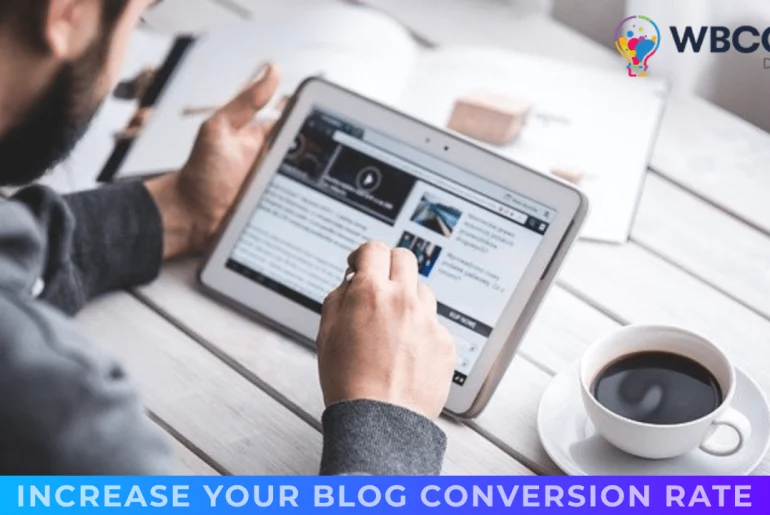With the ever-increasing popularity of social media and access to mobile technology, it’s no wonder that visual marketing has become the norm. This modern version of “a picture says a thousand words” is a powerful tool for businesses to connect with customers and leave a lasting impression.
However, many companies are confused over whether they should use photography or videography for their visual marketing strategy. Here’s what you need to know about visual marketing and the pros and cons of both photos and videos.
Table of content
The Power of Visual Marketing

Peoples’ minds are evolving hand-in-hand with technology. We’ve created a culture of instant gratification and diminished attention spans. For businesses, this means not only having to stand out in the noise but also make a point quickly.
Visual marketing is the solution to that problem. It allows businesses to make an impact and create a hook that draws customers in. Furthermore, presenting information with visual stimuli also improves memory retention.
Studies have confirmed that of the people who received information in a text-only format, only 10% retained that information three days later. Conversely, nearly 65% of those who received information with visual imagery retained the information over the same period.
By focusing on visual marketing, companies can improve their brand awareness, customer engagement, and ultimately their bottom lines.
The Benefits of Photography

Photography has long been a core element in visual marketing, dating back to the golden age of advertising. However, there’s a lot of debate surrounding the use of photography now and whether videography is superior.
Here are some of the key benefits of using photography in visual marketing.
Quick and Efficient
The main benefit of photography is that it’s a quick and efficient way to make an impact. An influencer can capture an image, edit it with the click of a button, and post it within a matter of minutes. Photos don’t take up nearly as much space or data for storage and uploading, respectively.
Creative Topics for Students Blog
Low-Cost and Time Commitment
For many companies, photography is a smart starting point for getting into visual marketing. It takes significantly less time and money to create photo content than video content, which is ideal for businesses and influencers with limited resources.
In a single photo session, a business could capture hundreds of photo assets that can be repurposed and added to the marketing line-up. Within the same period, a company may only be able to produce one or two fully-edited videos.
Simple Branding
Photography is easily tied into an overall brand. Using consistent editing and subject matter creates brand cohesion with every piece published. From there, it’s all about tying in the storytelling component in a way that fits the brand voice.
Simple Planning and Execution
For marketers who sit down and outline their content calendar, photography can be easier to plan. Developing a shot list is easier than outlining and executing storyboards.
The Downsides of Photography
While there are many benefits to photography as a visual marketing tool, there are also downsides when compared to videography. Here are some of the cons of photos.
Limited Storytelling Capabilities
With a photo, you’re capturing a second in time. This aspect of photography limits your storytelling capabilities in a standalone capacity. To complete the picture, you’ll need to focus on crafting captions and copy that tie into the image.
One-Dimensional
There’s only one way to consume a photo: by looking at it. This type of content doesn’t engage the other senses, making it one-dimensional when trying to connect with a diverse audience.
Easily Lost
Photos don’t interact with the social media algorithms the same way videos do. With millions of competing posts shared every day, it’s easy for photos to get lost in the noise.
Also Read: Animation Modern Web Designing
The Benefits of Videography

Video marketing has become a focal point for many businesses over the past couple of years. It’s estimated that 85% of Americans watched video content online during 2018— and that was before the pandemic!
Here are some of the key reasons why videography has become so popular in marketing.
Versatile and Accessible
You can do almost anything with videography, from tutorial videos to funny clips. You can even create interactive games with video content (this article tells you all you need to know). With an image, you only have that one impression to make an impact. Using a video simplifies storytelling.
Additionally, videography allows you to reach more people the way they prefer to communicate. Some viewers will watch with subtitles when they don’t have headphones. Others will prefer to listen rather than watch. Video content is fantastic for repurposing in many ways.
Boosts Engagement
As previously mentioned, videos work well with social media algorithms. Many platforms measure engagement by how long or often someone interacts with your posts. With a video, people are likely to watch for longer, whereas with an image, they can scroll by quickly. This longer pause registers as higher interest, up-ranking your content within a given platform.
Also Read: Keeping Visitors Hooked On Your Website: The Basics
The Downsides of Videography
For every benefit, there’s also a downside. Here are some of the most notable downsides of videography.
Requires More Planning
Creating video content requires more thought and planning than photo content. You’ll need to seek inspiration for your videos, make a list, then develop storyboards for each one. The editing process is more than applying filters— you’ll need to cut things out, move clips around, add text, and manage the sound.
Higher Cost and Time Commitment
The complexity of video increased the need for technology and the dedication of human resources also means a higher production cost. It also takes more time to create a single piece of content, making it less efficient than photography.

Which One is Better?
Businesses should use a blend of photos and videos for visual marketing. Having a blend of this type of content is an effective way to boost your engagement, increase your reach, and build your business.
Also Read: Biggest Graphic Design Trends for 2020





